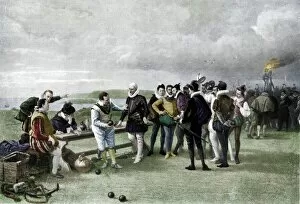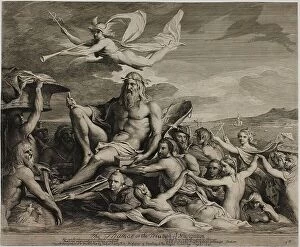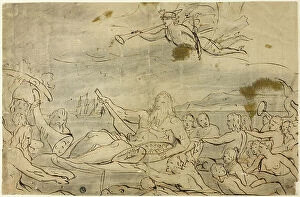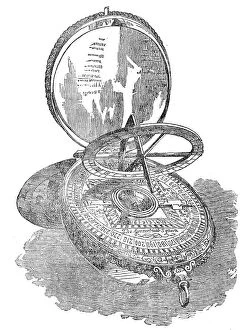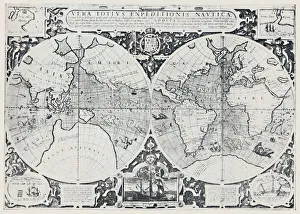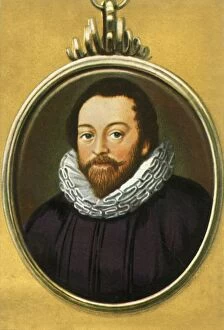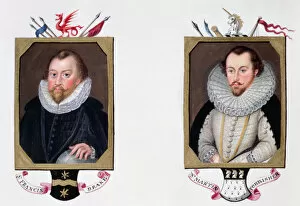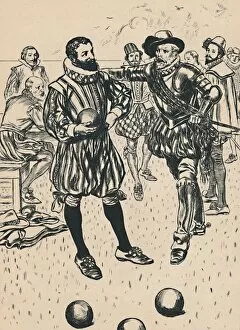Francisco Drake Collection
"Francisco Drake: A Legendary Figure in History's Tapestry" Step back in time to the year 1588, as the Armada looms on the horizon
All Professionally Made to Order for Quick Shipping
"Francisco Drake: A Legendary Figure in History's Tapestry" Step back in time to the year 1588, as the Armada looms on the horizon, and witness the indomitable spirit of Francisco Drake. This captivating figure, immortalized through various artistic renditions, continues to inspire awe and admiration. One such depiction is found in John Seymour Lucas' masterpiece "The Armada in sight, Plymouth hoe. " Painted in 1880, this artwork transports us to a pivotal moment when England faced its greatest threat. The tension is palpable as Drake prepares his fleet for battle. In Emery Walker Ltd's creation "The World in the Elizabethan Era, " we catch a glimpse of the vast influence that Sir Francis Drake had during his time. His daring exploits and exploration shaped an era defined by discovery and adventure. An anonymous artist captured Sir Francis Drake's essence with precision in "Sir Francis Drake" from 1588-1888. This portrait encapsulates his enigmatic persona - a man driven by ambition yet shrouded in mystery. Plymouth Hoe holds historical significance as it witnessed both triumphs and defeats of this legendary seafarer. The Bowling Green used by Sir Francis Drake stands today alongside the War Memorial, reminding us of his enduring legacy. Another portrayal from 1830 showcases Sir Francis Drake amidst turbulent times. Though created by an unknown artist, it captures his resolute determination that propelled him forward against all odds. "The Defeat of the Armada: Thanksgiving Service at St. Paul's" (1558) allows us to partake in a momentous occasion where gratitude filled hearts across England after their victory over Spain. The creator remains unknown but skillfully conveys emotions felt during this national celebration. A sense of anticipation fills our senses while gazing upon "The English Fleet Before Cadiz" (1596). Created anonymously around 1890, it transports us to the heart of Drake's audacious raid, showcasing his strategic brilliance.

